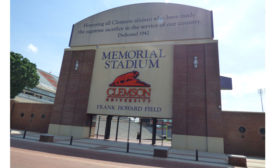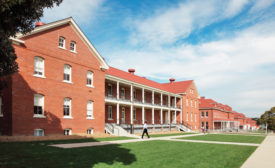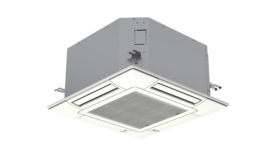Home » VRV system
Articles Tagged with ''VRV system''
Over 50,000 feet of refrigerant piping needed to be carefully insulated
Read More
VRF Systems Demonstrate Sustainability, Energy Efficiency
Three working examples demonstrate versatility of VRF technology
Read More
VRF Gaining Mass Appeal in the US
VRF technology is finding a home in a wider array of North American applications
Read More
IES and Daikin North America Launch VRV System Specification Tool
The user can take advantage of the enhanced energy simulation capabilities of the IES platform
August 31, 2015
Copyright ©2025. All Rights Reserved BNP Media.
Design, CMS, Hosting & Web Development :: ePublishing





